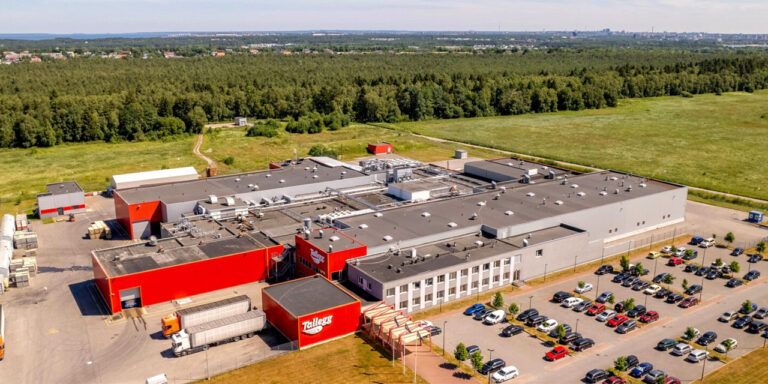Customer voice: How ICA Sweden shares order forecasts with suppliers to improve collaboration, increase availability, and reduce waste
Oct 26, 2021 • 3 min
ICA Sweden is the leading grocery retailer in the country and one of the largest retailers in the Nordic region. ICA Sweden is the supplier for 1,300 independently operated stores that together account for 36% of Sweden’s grocery market, with a combined turnover of approx. EUR 24B (USD 28B).
ICA Sweden has been a RELEX partner since early 2019. They use RELEX’s automated forecasting and replenishment solution to support both their central planning team and the needs of their local stores across the country.
Andreas Persson, the Head of Replenishment for ICA Sweden, discusses his company’s experience in sharing their forecasts with their suppliers and how they have reaped the benefits of improved availability, reduced waste, and better relationships with their suppliers and customers.
“We Succeed or Fail Together”
My motto has always been that retailers and suppliers have one supply chain, and we succeed or fail together. To improve both our supplier relationships and our availability, ICA Sweden has prioritized sharing our order forecasts with our suppliers for more than 20 years.
When we first started forecast sharing, our team had to do a lot of time-consuming manual work, and we didn’t have a lot of flexibility in what data we shared or how often we shared it.
With RELEX, which we’ve had in place for almost two years, we’ve fully automated the process of sharing forecasts with our suppliers on a regular cadence. We typically share a 90-day forecast, but some suppliers benefit from an even longer forecast horizon, so we share six months with them, as needed.
Improving Communication and Transparency Across the Supply Chain
We work with many suppliers, and each supplier oversees their own business decisions for a wide range of products. That means it’s important we share our forecast data in a way that they’re able to easily use.
To support our suppliers, we created four different shareable order forecast templates within RELEX. When we start sharing our forecasts with a supplier, we work with them to determine the template that best fits their needs. That way, all our suppliers receive the right information to make their calculations, and our team doesn’t need to spend time and effort customizing the format of each forecast that we share.
Of course, there are instances when an order forecast doesn’t match a supplier’s expectations—for example, following our periodic assortment reviews. Because we’re sharing the data with everyone in the supply chain well before we place an actual order, this isn’t as big a problem as it was in the past.
Now, we have the time to have a conversation with the supplier, determine where the disconnect is, address the issue, and fix it going forward. We’ve significantly cut down on last-minute inventory surprises while improving both our supplier relationships and our relationships with our independent stores.
Increasing Supply Chain Visibility Improves Trust—and Outcomes
Not only has sharing order forecasts with our suppliers increased the trust and respect we have for one another, but it has also improved the freshness of the products in our stores. Our suppliers can better sync their production and inventories with our demand, improving both availability and order fulfillment accuracy.
Most importantly, we’ve been able to give our customers the best in-store experience possible, ensuring that they will always find the freshest items in stock when they want them. At the same time, we’re able to reduce food waste, which aligns with our goal to constantly improve the sustainability of our business overall.
Going forward, we’re looking to increase the frequency of our forecast sharing while continuing to keep an open, transparent, and productive communication channel between our central team, our local stores, and all our wonderful suppliers. We have found that everyone in the supply chain benefits from the resulting transparency and communication, leading to better practices across the supply chain.



